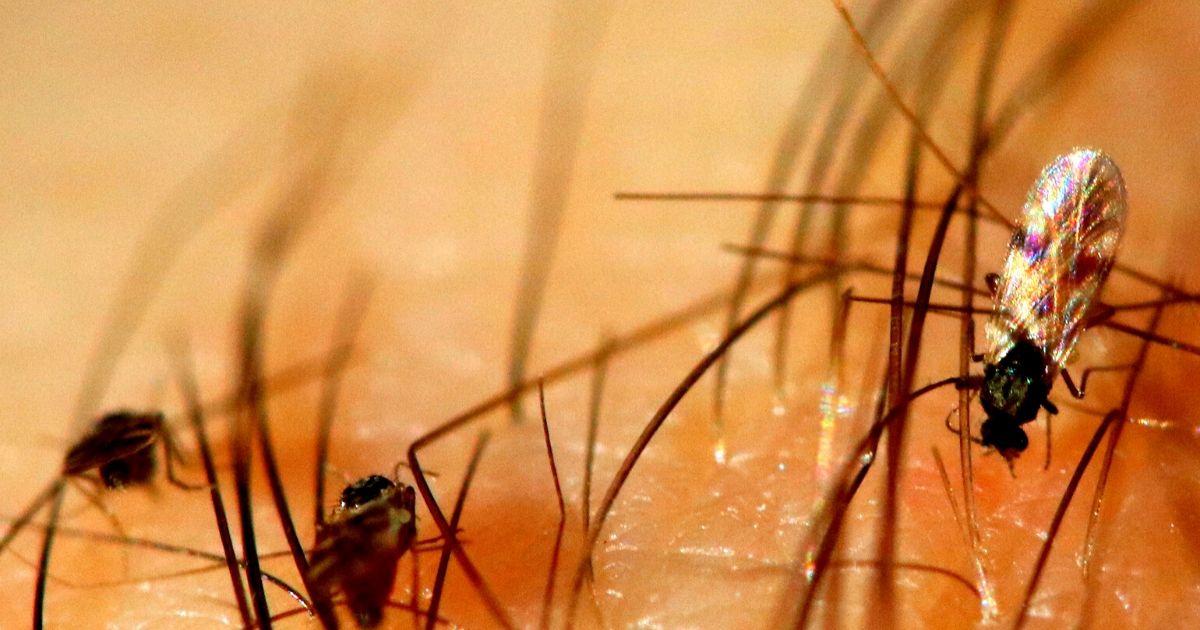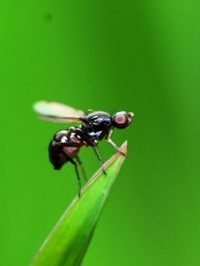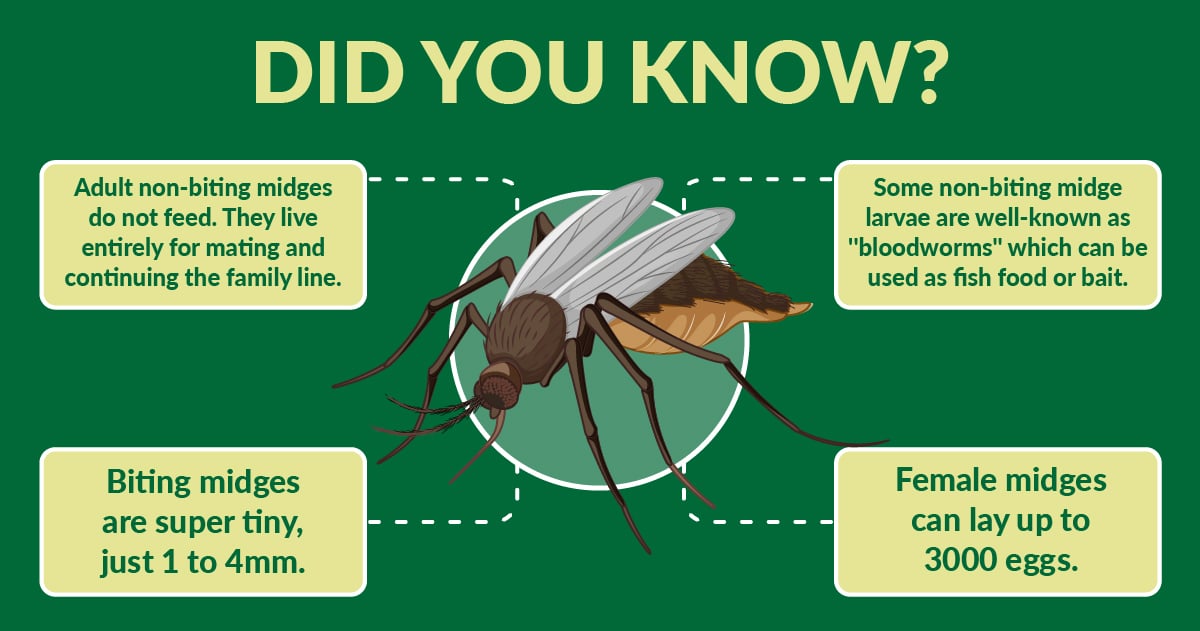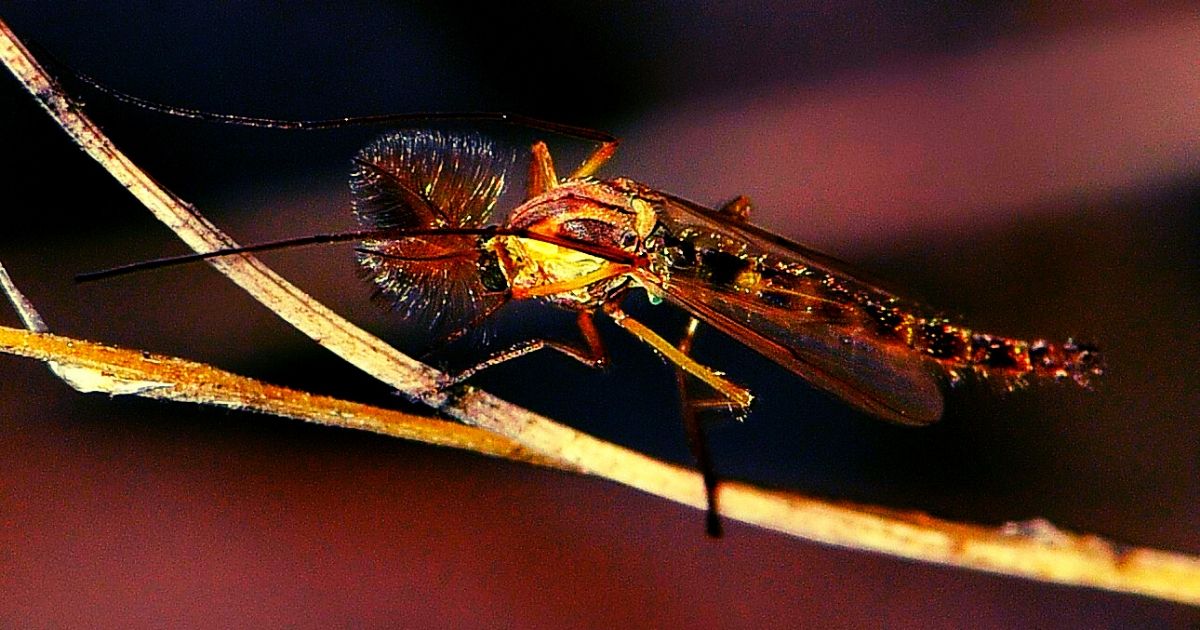7 Tips on How to Get Rid of Midges

In this article, we’ll discuss 7 ways how to get rid of midges in Singapore. Over many years, the presence of non-biting midge swarms at Bedok Reservoir and Pandan Reservoir have been recorded in July, August, and September. This hot and rainy time of the year makes the environment conducive for their multiplication.
The insect is not a new guest to Singapore but the spike in their numbers has caused more problems to us than before.
The appearance of non-biting midges is similar to that of mosquitoes. However, if you look closely, you will notice some distinctive features such as the absence of proboscis (needle-like sucking mouthparts) and the more slender and longer body present in the midges.
As their name implies, non-biting midges do not bite. Also, they do not transmit diseases. They are nuisance pests because they often appear in large swarms and the encounter with them can be annoying to some people.
How to get rid of midges? It is almost impossible to eliminate them completely as they are part of nutrient-rich aquatic habitats. Nonetheless, we can prevent or reduce their breeding habitats.
7 Tips of How to Get Rid of Midges
1. Use Insect Repellent
Repellents do not kill midges but can repel them from staying close to you. You may be concerned about the chemical-laden repellents that would harm your skin. However, the recent release of natural insect repellents in the market using naturally occurring substances such as tea tree or citronella oil perhaps can help to put this thought aside.
Although non-biting midges will not harm us, they may cause nuisance, ruin our perfect outdoor lunch or dinner, and disrupt our workout routine.
Applying insect repellent to your body will be the best natural way how to get rid of midges.
Want to find out more about midges removal in Singapore?

2. Keep Doors and Windows Tightly Closed or Screened
Remind yourself to always keep doors and windows tightly closed to prevent midges from gaining access to your home. You can screen your windows with fine mesh and make sure the holes are small enough to block midges (body length: 5 to 8mm) from flying in.
Doors are the most susceptible entry points for flying midges. Make sure the doors or windows are closed during dusk and dawn as these are the most active time for both midges and Aedes mosquitoes. Curtains can be installed to lower the chance of midges entering.

3. Minimize the Use of Bright Lights
Insects such as bees, flying ants, and flying termites are attracted to lights because they use light to navigate their flight or simply because of the warmth given off by the lights. Midges are highly attracted to bright light. It is advisable to use yellow light bulbs or dim light, especially at the main door to keep midges away from your home.
Relocate the bright lights that are located at entrances to other places or tint the light bulbs to pink or orange colour. One of the most recommended ways to keep midges away from your home is to switch off the lights that are not in use or reduce the use of lights in your home exteriors.
4. Prevent Stagnant or Slow-Flowing Water
Like mosquitoes, the life cycle of midges involves aquatic and terrestrial stages. The larvae and pupae of midges are found in water bodies such as lakes, ponds, water reservoirs, as well as any other stagnant or slow-moving water. One of the locations where pests are commonly found at home revolves around plants and greenery.
Pro Tip: Over-watering of plants often causes the formation of stagnant water on the soil and planter boxes.
The nutrients in the soil further facilitate the growth and development of midges. Avoid over-watering plants and loosen the soil regularly to prevent the formation of ponding water.
Drains with slow-flowing water are also ideal breeding sites for midges. The immature stages are able to withstand the weak water current in the drain and are constantly supplied with nutrients required for the development. We can make the environment less conducive by improving the flow of drain water through the removal of blockages.
5. Reduce the Use of Fertilizer
As discussed earlier, midges prefer to breed in nutrient-rich habitats. Fertilizers are meant to promote the growth of healthy plants but they can also provide nutrients to other organisms found in the garden such as millipedes and insects. Excessive use of fertilizer causes fertilizer runoff in the soil to nearer ponds or streams, supplying the water bodies with ample nutrients which then contribute to the development of midges.
Proper use of fertilizer and nutrient management should be employed to reduce the potential breeding sources for midges. Remember to always check and fertilize your plants according to the guidelines and directions of use. This does not only help to reduce the midge population but also promotes the growth of healthy plants.
6. Biological Approach (Bti / Mosquito Dunk)
You might have heard of a mosquito dunk (a donut-shaped larvicide that slowly dissolves and kills mosquitoes). It contains a bacterium known as Bti (Bacillus thuringiensis israelensis) which infects the guts (stomach) of the larvae. Bti is an environmentally friendly control agent as it does not affect non-target organisms.
In that case, it is safe to use Bti in the presence of aquatic animals such as fish and it does not kill beneficial insects such as honey bees.
Besides using mosquito dunks to treat mosquito breeding, it can also be used to control the populations of other aquatic insects including midges.
You can place a mosquito dunk in potential breeding sites of midges such as ponds or gutters and the larvicide will slowly release the Bti to kill the larvae in the water bodies.

Pest Problem? Let Us Help.
We offer fast and effective precision treatments to eliminate pests while ensuring a safe environment for your home or business.
7. How to Get Rid of Midges: Seek Help From a Professional
The recommended measures discussed above prevent midges from disturbing your life. However, their presence is often inevitable in uncontrollable situations or specific environments. Adoption of permanent measures is strongly advised to address and eliminate the root cause of midges. To help combat this pesky pest, you may seek help from our expert team.
Frequently Asked Questions
Some midges do bite. There are reported cases of severe reactions after a person got bitten by midges. It is important to take preventive action to limit the risk of getting bitten by midges.
Midges are especially attracted to humans due to their body heat and odour. You can reduce your risk of getting bitten by midges by following the tips in this article.
Midges are small flies. They are similar to mosquitoes.

